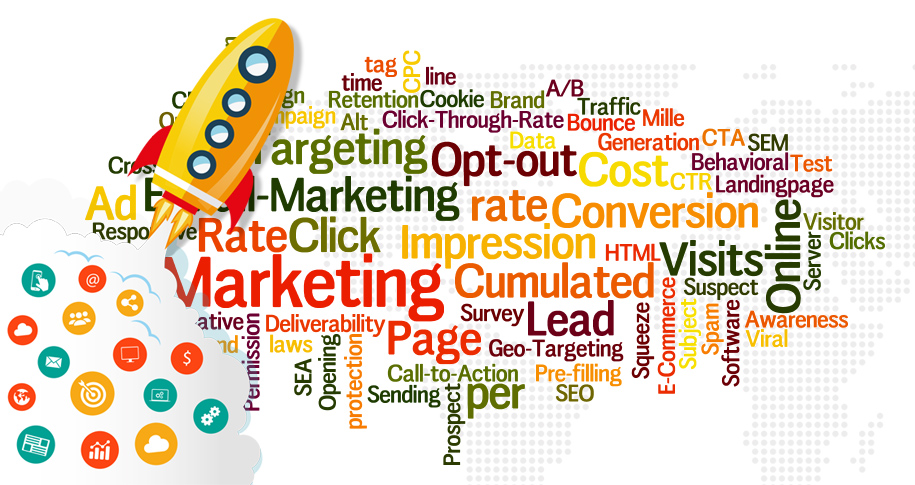Definition
An Attribution ModelDefinition
An Attribution Model is a ... More is a framework used by marketers to assign credit to various touchpoints in a customer journey that lead to a conversion or sale. Attribution models help determine how much value each marketing channel, campaign, or interaction should receive in the process of acquiring a customer. By understanding which touchpoints drive conversions, businesses can optimize their marketing efforts and allocate resources more effectively.
How Attribution Models Work
Attribution models use data from customer interactions to distribute credit across multiple marketing touchpoints. These models vary in complexity and approach, but the core principle remains the same: to help marketers understand which channels and activities are contributing to conversions.
For example, if a customer sees an ad on Facebook, clicks on an email, and later makes a purchase, an attribution modelDefinition
An Attribution Model is a ... More helps determine how much credit each of these touchpoints should receive for the final conversion. Different models provide different perspectives on the value of these touchpoints.
Types of Attribution Models
- First-Touch Attribution: This model assigns all the credit to the first touchpoint in the customer journey, such as the initial ad or organic search visit. It’s useful for understanding what channels initially attract customers.
- Last-Touch Attribution: In this model, all the credit goes to the last touchpoint before the conversion, such as the final click on a purchase button. This model is straightforward but may ignore earlier interactions that helped nurture the customer.
- Linear Attribution: Linear attribution distributes the credit equally across all touchpoints in the customer journey. Each interaction (e.g., email, social mediaDefinition
Brand awareness is the ext... More, website visit) receives the same value. - Time-Decay Attribution: This model gives more credit to touchpoints that occur closer to the time of conversion. The idea is that interactions closer to the conversion point are more influential in the final decision.
- Position-Based Attribution: This model assigns 40% of the credit to the first and last touchpoints, with the remaining 20% distributed equally among the intermediate interactions. It balances the significance of both the first and last interactions.
- U-Shaped Attribution: Also known as “The Bathtub Model,” this gives more credit to the first and last touchpoints, with less emphasis on the middle interactions. It reflects the importance of awareness and conversion.
- Custom Attribution: Businesses can create their own attribution models based on their unique sales cycle and customer behavior. This allows for a tailored approach to assigning credit.
Why Attribution Models Matter
- Optimizing Marketing Spend: Attribution models allow businesses to understand which channels are most effective, helping them allocate budgets to the most impactful marketing efforts.
- Improving Campaign Effectiveness: By identifying the most valuable touchpoints, marketers can refine their strategies and improve the customer experience, which can lead to higher conversion rates.
- Data-Driven Decision Making: Attribution models provide concrete insights into marketing performance, making it easier to make data-driven decisions.
- Better ROI Analysis: Understanding the value of each touchpoint ensures a more accurate calculation of return on investment (ROI)What is ROI?
Return on Investment (RO... More for marketing campaigns.
Challenges with Attribution Models
- Data Fragmentation: Attribution requires access to comprehensive, integrated data. Inaccurate or incomplete data can lead to poor attribution decisions.
- Multi-Device Journeys: As consumers interact with brands across multiple devices (mobile, desktop, tablet), tracking the full customer journey can be complex.
- Over-Simplification: While first-touch and last-touch models are simple to implement, they often fail to capture the full customer journey and can misattribute value.
- Attribution Bias: Some models may unfairly favor certain touchpoints while ignoring others, which can lead to misinformed marketing strategies.
Best Practices for Using Attribution Models
- Choose the Right Model: Different attribution models work for different types of businesses. For example, first-touch attribution is useful for building brand awarenessDefinition
Brand awareness is the ext... More, while last-touch attribution may be more relevant for direct sales. - Utilize Advanced Tools: Tools like Google AnalyticsWhat Is Google Analytics?
Google Anal... More, Adobe AnalyticsDefinition
Analytics refers to the sy... More, and HubSpot provide features for setting up and analyzing attribution models, allowing businesses to choose the best fit for their needs. - Monitor and Adjust: Attribution models are not static. Businesses should regularly monitor their performance and adjust the models as needed based on changing customer behavior and marketing strategies.
Conclusion
Attribution models are critical for understanding the effectiveness of marketing efforts and making data-driven decisions. By accurately attributing value to different touchpoints, businesses can optimize their marketing strategies, improve ROI, and allocate resources more efficiently. While each attribution modelDefinition
An Attribution Model is a ... More has its strengths and weaknesses, selecting the right model for your business is crucial to success in today’s complex digital marketingWhat Is Digital Marketing?
Digital ma... More landscape.
